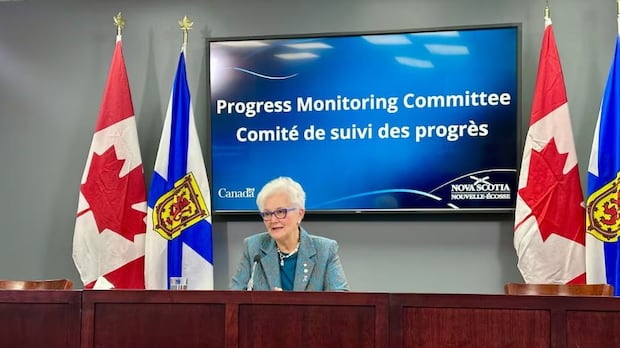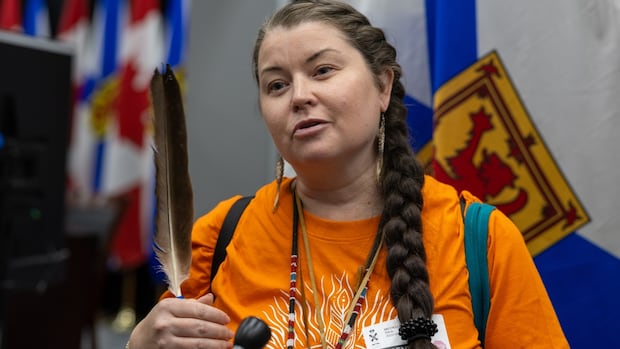Figures show Cape Breton University’s growth far exceeds other Atlantic institutions

New enrolment figures show Cape Breton University’s student population has shown an upsurge, far exceeding increases at all other Atlantic universities.
Most of the increase has come from international students, adding to an existing shortage of housing and increasing competition for part-time jobs.
CBU now has more than 9,100 students with about 77 per cent of those coming from overseas.
That’s an increase of about 2,000 over last year, but CBU officials say they have a plan to reduce the numbers to more manageable levels in future.
On Friday, President David Dingwall said the university has spent time and large sums of money on international recruiting and it’s become well-known overseas as a popular institution.
“We are a welcoming community,” he said. “Students know that. If the students that are coming … didn’t like it, why are they coming back? They’re coming back because it is a welcoming community.”
CBU looked into allegations
Some students have said they were told by overseas recruiters that housing and jobs would be readily available in the area, but that has turned out to be untrue.
Dingwall said CBU made a point of looking into the allegations.
“If there’s any evidence of agents saying those falsehoods, I think it’s incumbent on those persons to tell us who those agents are and we will deal with those agents very, very, very quickly, but so far, no students have come forward with any evidence to suggest that,” he said.
CBU faced criticism for its burgeoning student population last year, when enrolment reached more than 7,000.
That boosted the economy, but created some concerns in the community about housing and jobs.
According to the Association of Atlantic Universities, CBU’s enrolment is up nearly 54 per cent over last year.
The overall average increase at Nova Scotia’s 10 universities was 6.6 per cent, which association chair Rob Summerby-Murray said was “dominated” by CBU.
In terms of growth, the next closest university in the region, University of Moncton, was up 5.6 per cent.
The University of Prince Edward Island was up 5.1 per cent.
As a result of the growth, CBU has created a plan to bring its student population back down to about 7,000.
Dingwall said that will be achieved with a greater focus on recruiting students from within Canada.

“We are planning for the ups and we are planning for the downs and with regards to the downs, the ups will come from the domestic market.”
Associate vice-president Becky Chisholm said the numbers will start coming down this January.
“This is the peak, with the bubble making its way through their programs and our goal remains to get to 7,000 by 2027,” she said.
CBU has capped some of its high-demand post-baccalaureate programs and with a record graduating class of 2,500 expected next spring, Dingwall said the plan is achievable.

In the meantime, the university is spending about $200 million on campus improvements and housing, he said, and is hoping for an announcement soon on federal funding to support CBU’s plan to convert the former Tartan Downs horse racing track into housing for students and the community.
The first phase of the development would add 145 units to a market desperate for affordable housing options.
Dingwall said a federal announcement Thursday about funding for housing in Halifax gives him hope that CBU will be next in line.
“I’d like to say it’s going to be announced tomorrow,” he said. “I don’t know, but we’re very close.”




